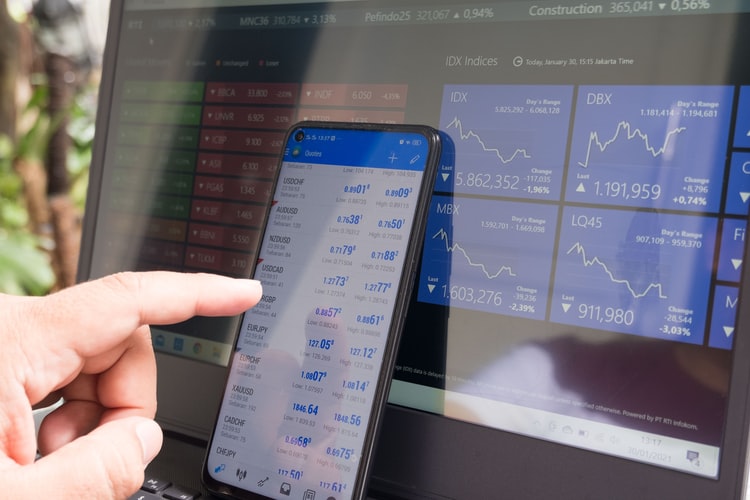Introduction
Government Revenue refers to the revenue of the government finance by means of participating in the distribution of social products, which is the financial resources for ensuring the government functions. The contents of government revenue have been changed several times. Now it includes the following main items:
(1) Various tax revenues, including value-added tax, business tax, consumption tax, land value added tax, tax on city maintenance and construction, resources tax, tax on use of urban land, enterprise income tax, personal income tax, tariff, stamp tax on security transactions, tax on purchase of motor vehicles, tax on agriculture and animal husbandry and tax on occupancy of cultivated land, etc.
(2) Special revenues, including revenues from the fee on sewage treatment, fee on urban water resources, fee for the compensation of mineral resources and extra-charges for education, etc.
(3) Other revenues, including revenue from interest, revenue from the repayment of capital construction loan, revenue from capital construction projects, and donations and grants.
(4) Subsidies for the losses of the state-owned enterprises. This is an item of negative revenue, consisting of subsidies to industrial, commercial and grain purchasing and supply enterprises.
Revenue of the central government and revenue of the local governments
It refers to the revenue of the central government and that of the local governments as defined by the decentralized taxation system starting from 1994.
In accordance with this system, the revenue of the central government includes tariff, consumption tax and value added tax levied by the customs, consumption tax, income tax of the enterprises subordinate to the central government, income taxes of the local banks, foreign-funded banks and non-bank financial institutions, business tax and profits of railways, head offices of banks, head office of insurance company , which are handed over to the government in a centralized way, tax on city maintenance and construction, tax on purchasing motor vehicles, tonnage tax of ships, 75% of the value added tax, 94% of the tax on stock dealing (stamp tax), interest income tax in the personal income tax, proportion of the personal income tax (other that interest income tax) to be shared by the central government, and tax on ocean petroleum resources.
The revenue of the local governments includes business tax, income tax of the enterprises subordinate to the local government, proportion of the personal income tax (other that interest income tax) to be shared by the central government, tax on the use of urban land, tax on the adjustment of the investment in fixed assets, tax on town maintenance and construction, tax on real estates, tax on the use of vehicles and ships, stamp tax, slaughter tax, tax on agriculture and animal husbandry, tax on special agricultural products, tax on the occupancy of cultivated land, contract tax, value-added tax on land, income from charges on use of state-owned land, 25% of the value added tax, 6% of the tax on stock dealing (stamp tax) and tax on resources other than the ocean petroleum resources.
Revenue from Debts
It refers to fund raised by the state in credit forms, including various domestic government bonds issued by the Ministry of Finance to commercial banks and other investors, bonds in foreign currencies issued by the Ministry of Finance at the international capital market, and other foreign debts borrowed and to be repaid centrally by the government finance.
Formula
Net lending (+)/ net borrowing (-) =Government surplus / deficit (net lending/ borrowing under EDP) = gross saving (defined as gross disposable income less final consumption expenditure) less net capital transfers less gross acquisitions less disposals of non-financial assets, or = total revenue less total expenditure = (conceptually) net acquisition of financial assets less net incurrence of liabilities.
- Government revenue is the sum of:
- “sales” consisting of:
- market output
- output for own final use
- payments for non-market output,
- taxes on production and imports,
- other subsidies on production,
- property income, receivable
- current taxes on income and wealth etc., receivable,
- social contributions,
- other current transfers, receivable and
- capital transfers, receivable.
- “sales” consisting of:
Sources of Revenue
There are a variety of sources from which government can derive revenue. The most common sources of government revenue have varied in different places and time periods. In modern times, tax revenue is typically the primary source of revenue for a government. Types of taxes recognized by the OECD include taxes on income and profits (including income taxes and capital gains taxes), social security contributions, payroll taxes, property taxes (including wealth taxes, inheritance taxes, and gift taxes), and taxes on goods and services (including value-added taxes, sales taxes, excises, and duties).
Non-tax revenue includes dividends from government-owned corporations, central bank revenue, fines, fees, sale of assets, and capital receipts in the form of external loans and debts from international financial institutions. Foreign aid is often a major source of revenue for developing countries, and for some developing countries it’s the primary source of revenue. Seignories is one of the ways a government can increase revenue, by deflating the value of its currency in exchange for surplus revenue, by saving money this way governments can increase the prices of goods.
Under a federalist system, sub-national governments may derive some of their revenue from federal grants.
The 5 major sources of revenue for the Government are Goods and Services Tax (GST), Income tax, corporation tax, non-tax revenues, union excise duties .




